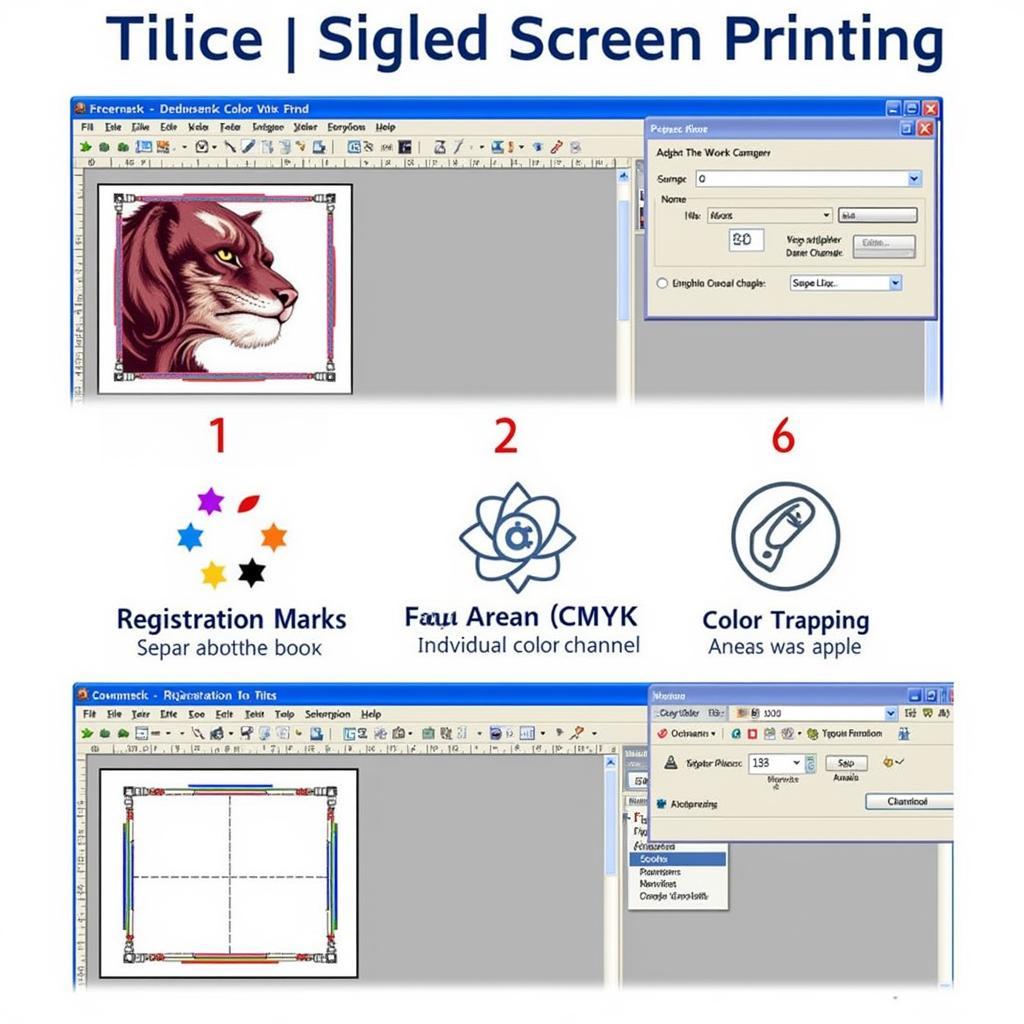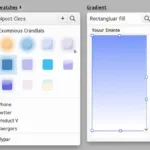Screen printing, a versatile and popular printing method, allows for vibrant and long-lasting designs on various materials. Understanding how to separate colors for screen printing is crucial for achieving professional-looking results. This process involves breaking down your artwork into individual color layers, each corresponding to a separate screen.
Getting color separation right is the key to a successful screen print. Whether you’re a seasoned printer or just starting, this guide will take you through the essential steps of separating colors for screen printing, ensuring your final product looks stunning. Learn about the tools you need, the techniques involved, and some expert tips to make the process smooth and efficient. Dive in and discover how to transform your colorful designs into stunning prints.
Separating colors for screen printing might seem daunting at first, but it’s a logical process that becomes easier with practice. The first step is to understand the concept of color channels. Digital artwork is typically created using the RGB (Red, Green, Blue) color model, which combines these three primary colors to create a vast spectrum. However, screen printing utilizes spot colors or the CMYK (Cyan, Magenta, Yellow, Black) color model. This means you’ll need to convert your RGB artwork into separate channels for each color used in your design.
Understanding Color Channels and Models
Before diving into the separation process, it’s crucial to grasp the difference between RGB and CMYK. RGB is additive, meaning colors are created by combining light. CMYK, on the other hand, is subtractive, meaning colors are created by absorbing light. This fundamental difference dictates how we separate colors for screen printing. Learn more about what is cmyk color.
Choosing the Right Color Model for Your Design
Selecting the appropriate color model depends on the complexity and desired outcome of your print. For simpler designs with fewer colors, spot colors can be a cost-effective and efficient choice. For complex designs with gradients and photographic elements, CMYK offers greater accuracy and detail.
Software for Color Separation
Several graphic design software programs are equipped to handle color separations effectively. Adobe Photoshop and Illustrator are popular choices, offering powerful tools to isolate and adjust individual color channels. Free and open-source options like GIMP also provide the necessary functionalities for color separation.
Utilizing Software Features for Accurate Separations
Most design software allows you to view and edit individual color channels, making it easy to isolate and prepare each color for printing. Features like color trapping and registration marks further enhance the accuracy and efficiency of the separation process.
 Color Separation Software Interface
Color Separation Software Interface
Manual Color Separation Techniques
While software provides a convenient and accurate way to separate colors, manual techniques can also be employed, especially for simpler designs. This involves creating separate transparencies for each color, carefully tracing the areas where that specific color should be applied.
Mastering Manual Separation for Unique Effects
Manual separation allows for greater artistic control and can be used to achieve unique effects that might be difficult to replicate with software. This method also provides a deeper understanding of the screen printing process. Check out this guide on how to print color.
Preparing Your Screens
Once your colors are separated, the next step is preparing your screens. Each separated color corresponds to a separate screen, which is coated with a light-sensitive emulsion. The separated artwork is then printed onto a transparent film and used to expose the emulsion, creating a stencil on the screen. Here’s a useful resource on how to print in color on word.
Ensuring Accurate Screen Alignment
Proper screen alignment is critical for achieving a clean and accurate final print. Registration marks, incorporated during the separation process, help ensure that each color layer aligns perfectly during printing.
 Screen Printing Setup with Registration Marks
Screen Printing Setup with Registration Marks
Printing the Final Product
With your screens prepared, you can begin the printing process. Each screen is carefully aligned and ink is applied, one color at a time. The ink is forced through the stencil onto the printing surface, creating a vibrant and durable print. You may also be interested in learning about how to pronounce the color cyan.
Achieving Consistent and Vibrant Prints
Maintaining consistent ink coverage and pressure throughout the printing process is crucial for achieving vibrant and uniform results. Proper curing of the ink ensures the longevity and durability of the print.
“Accurate color separation is the foundation of a successful screen print,” says renowned printmaker, Amelia Carter. “Investing time in this crucial step will save you headaches later and result in a professional-looking final product.”
“Remember, practice makes perfect,” adds David Miller, a seasoned screen printing instructor. “Don’t be afraid to experiment and learn from your mistakes. Each print will bring you closer to mastering the art of color separation.”
In conclusion, understanding how to separate colors for screen printing is essential for achieving professional and vibrant prints. By following the steps outlined in this guide and utilizing the right tools and techniques, you can transform your colorful designs into stunning works of art. Remember to consider your color model, utilize software effectively, and ensure accurate screen alignment for optimal results. Mastering how to separate colors for screen printing opens a world of creative possibilities. For more complex projects, explore how to screen print with multiple colors.
FAQ
- What software can I use for color separation?
- Can I separate colors manually?
- How do I align my screens for accurate printing?
- What is the difference between RGB and CMYK?
- How do I prepare my screens for printing?
- What are registration marks and why are they important?
- How do I ensure consistent ink coverage during printing?
Need assistance with your screen printing project? Contact us at Phone Number: 0373298888, Email: [email protected] or visit our address: 86 Cầu Giấy, Hà Nội. We have a 24/7 customer service team ready to help.

